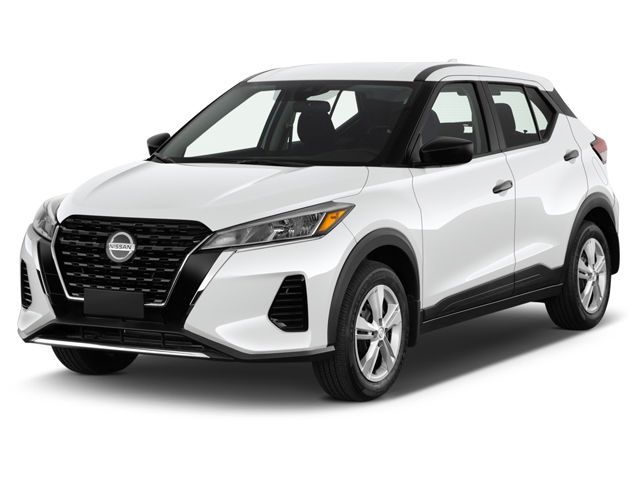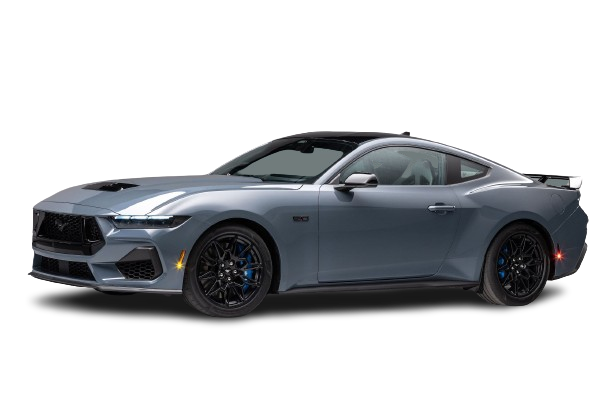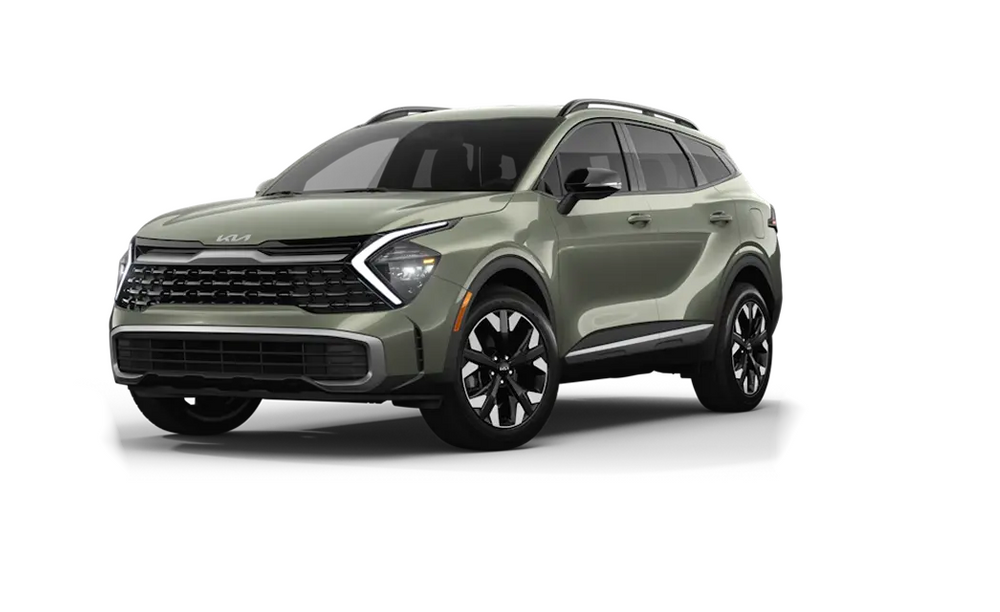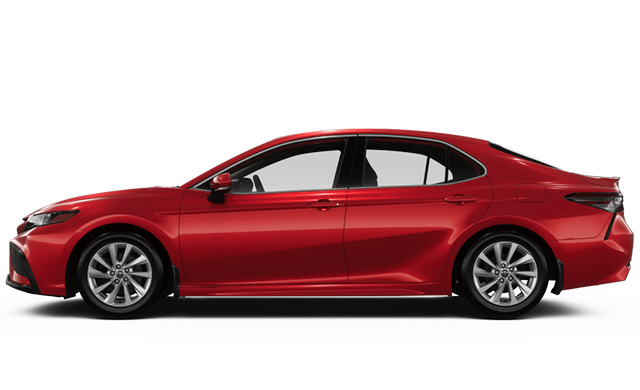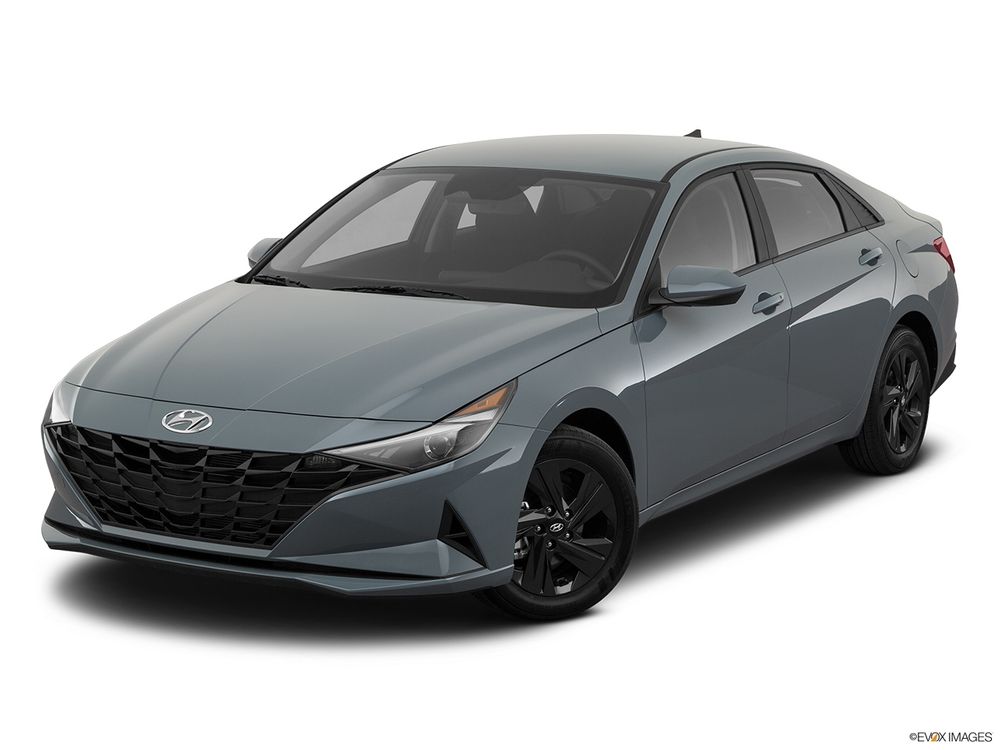Exploring Skoda's Rich Heritage: A Journey Through Time
Published On, Jan 14, 2025 | By YaaraCars Team
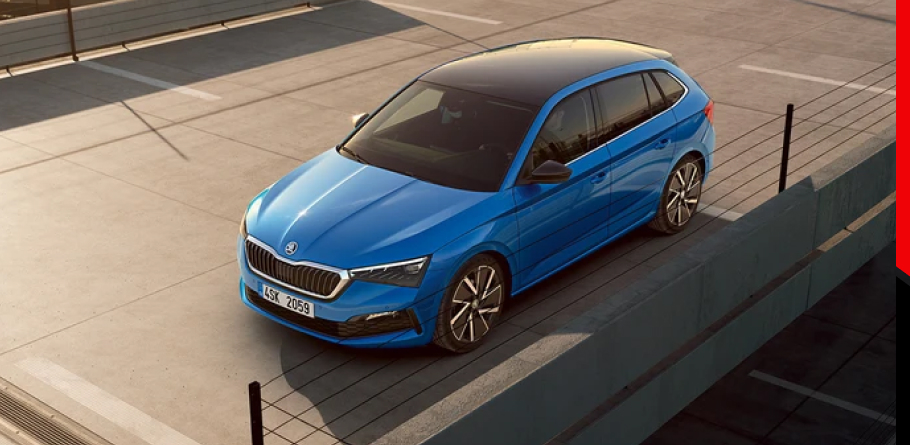
Skoda, one of the world’s oldest and most respected car manufacturers, boasts a rich heritage that spans more than a century. The Czech automaker, known for producing reliable, innovative, and stylish vehicles, has evolved from a small bicycle company into a global automotive brand. Throughout its journey, Skoda has demonstrated resilience, adaptability, and a commitment to quality, making it a brand synonymous with engineering excellence and value for money. Let us dive into the story of Skoda cars remarkable heritage and its transformation over the decades.
Explore: Skoda Cars in UAE | Skoda Cars in KSA
Humble Beginnings: The Early Days of Laurin & Klement (1895–1925)
Skoda’s story begins in 1895 when Václav Laurin, a mechanic, and Václav Klement, a bookseller, founded a small bicycle company in Mladá Boleslav, Czech Republic (then part of Austria-Hungary). They started by manufacturing bicycles under the name Slavia, and by 1899, they had expanded into motorcycles, gaining a reputation for quality and performance.
In 1905, Laurin & Klement produced their first automobile, the Voiturette A, a compact car that was met with considerable success. This marked the start of the company’s journey into automobile manufacturing. Over the next two decades, Laurin & Klement continued to produce cars, trucks, and buses, making a name for itself as one of the leading vehicle manufacturers in Central Europe.
The Merger with Skoda Works (1925–1945)
In 1925, Laurin & Klement merged with Skoda Works, one of the largest industrial companies in Czechoslovakia at the time. Skoda Works, known for producing heavy machinery, artillery, and trains, brought significant resources and expertise to the automotive division. The newly formed Skoda Auto quickly became one of the most prominent automotive brands in Europe.
During the interwar years, Skoda expanded its product range, producing models such as the Skoda 110, Skoda 420, and Skoda Superb, which became iconic vehicles of their time. Despite the challenges posed by World War II, during which the company’s production was repurposed for military needs, Skoda survived the conflict and continued to play a key role in the post-war automotive industry.
The Communist Era and Nationalization (1945–1991)
Following World War II, Czechoslovakia fell under Soviet influence, and Skoda was nationalized as part of the state-controlled economy. Despite limited access to modern technology and resources, Skoda continued to produce vehicles that were affordable and reliable for the Eastern European market. Notable models from this era include the Skoda Octavia (introduced in 1959) and the Skoda Felicia (launched in 1959), which were popular across the Eastern Bloc.
While the communist era presented many challenges, Skoda managed to maintain a reputation for durability and practicality, which kept it competitive even in difficult times.
The Volkswagen Era and Global Success (1991–Present)
The pivotal moment in Skoda’s modern history came in 1991 when the company entered a joint venture with the Volkswagen Group. This partnership brought access to new technology, global markets, and much-needed investment. Under Volkswagen's guidance, Skoda was transformed into a modern, competitive brand that could stand alongside global automotive giants.
The 1996 launch of the all-new Skoda Octavia was a turning point, as it became a bestseller and set the stage for Skoda’s resurgence in international markets. Subsequent models like the Fabia, Superb, and Kodiaq have cemented Skoda’s reputation for producing high-quality, stylish, and affordable vehicles. The brand's commitment to innovation is evident in its growing range of electric and hybrid vehicles, such as the Skoda Enyaq iV, which reflects its focus on sustainability and future mobility.
Innovation, Resilience, and Future Prospects
Skoda’s ability to adapt and innovate has been central to its success. From its early days as a bicycle manufacturer to its status as a global automaker, Skoda’s focus on quality, reliability, and affordability has remained constant. Today, the brand continues to expand its global footprint, offering vehicles in over 100 countries, with a strong presence in Europe, Asia, and emerging markets like the Middle East.
Looking ahead, Skoda’s latest models are poised to continue its tradition of innovation with a focus on electric mobility, digitalization, and sustainable solutions. With a commitment to creating environmentally friendly vehicles that do not compromise on performance or design, Skoda is well-positioned to meet the demands of the modern automotive market.
Conclusion
Skoda’s journey from a small Czech bicycle company to a leading global car manufacturer is a testament to the brand’s resilience, innovation, and dedication to quality. Its rich heritage, marked by key milestones and groundbreaking models, continues to inspire trust and loyalty among millions of drivers worldwide. As the automotive industry evolves, Skoda’s legacy of engineering excellence ensures that it remains at the forefront of automotive innovation for generations to come.
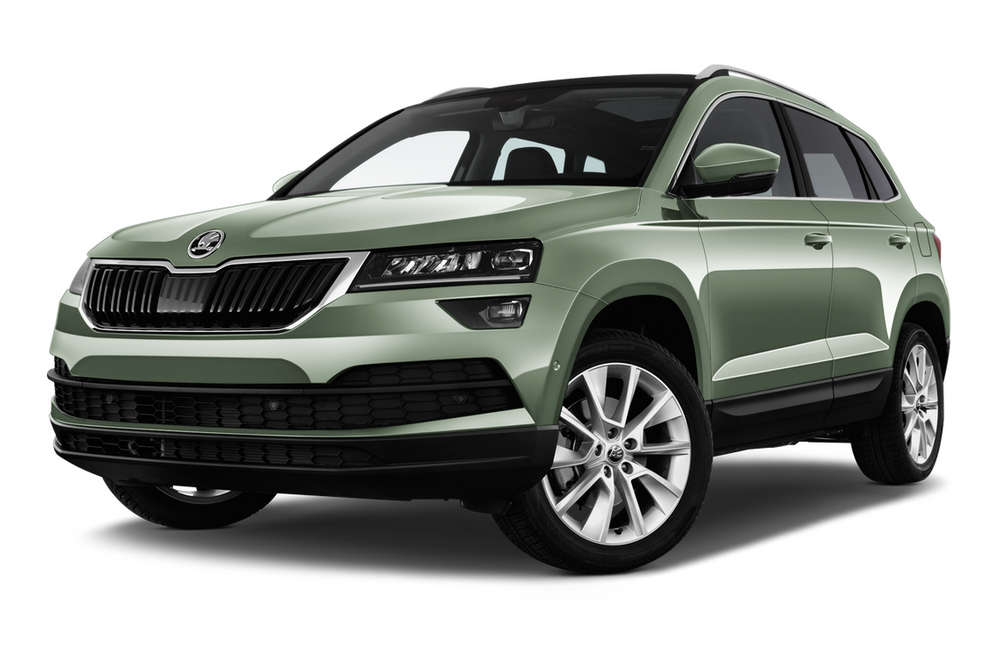
Skoda Karoq
Available Versions: 19


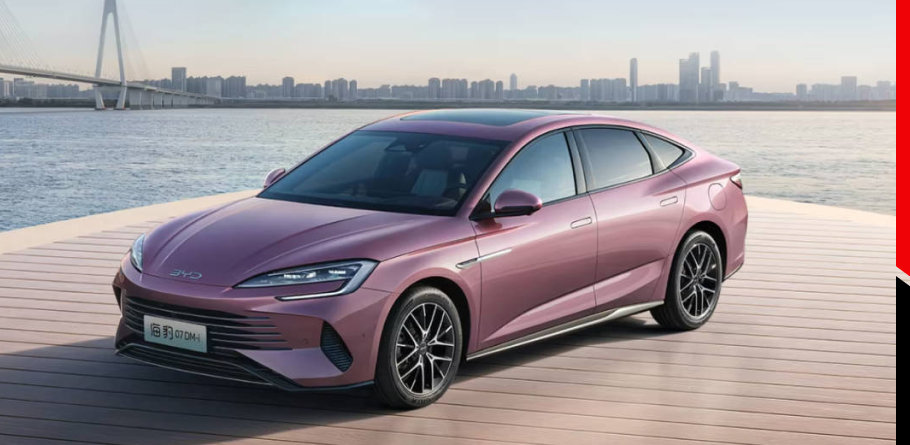

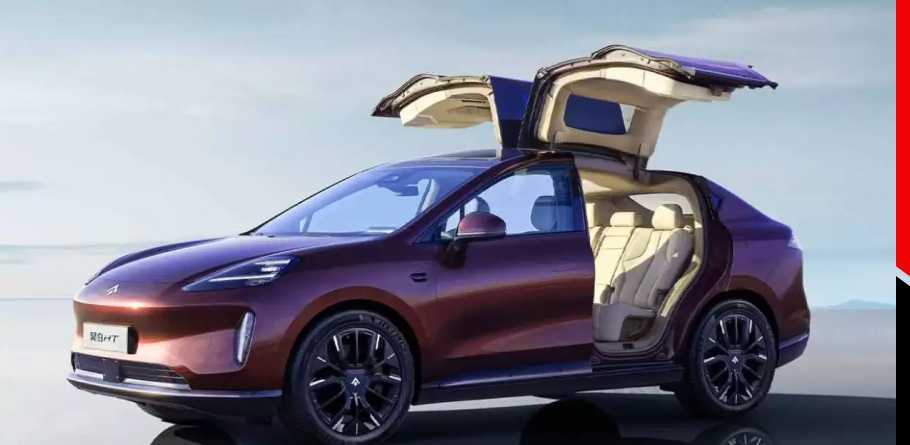
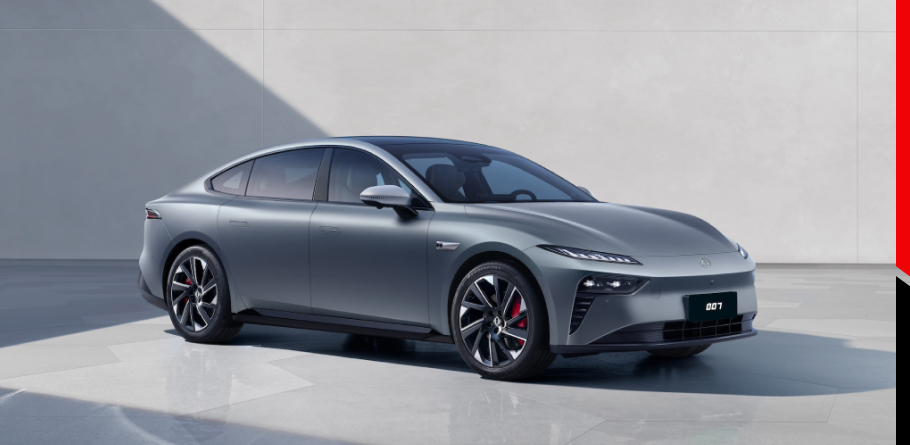

.jpg)
